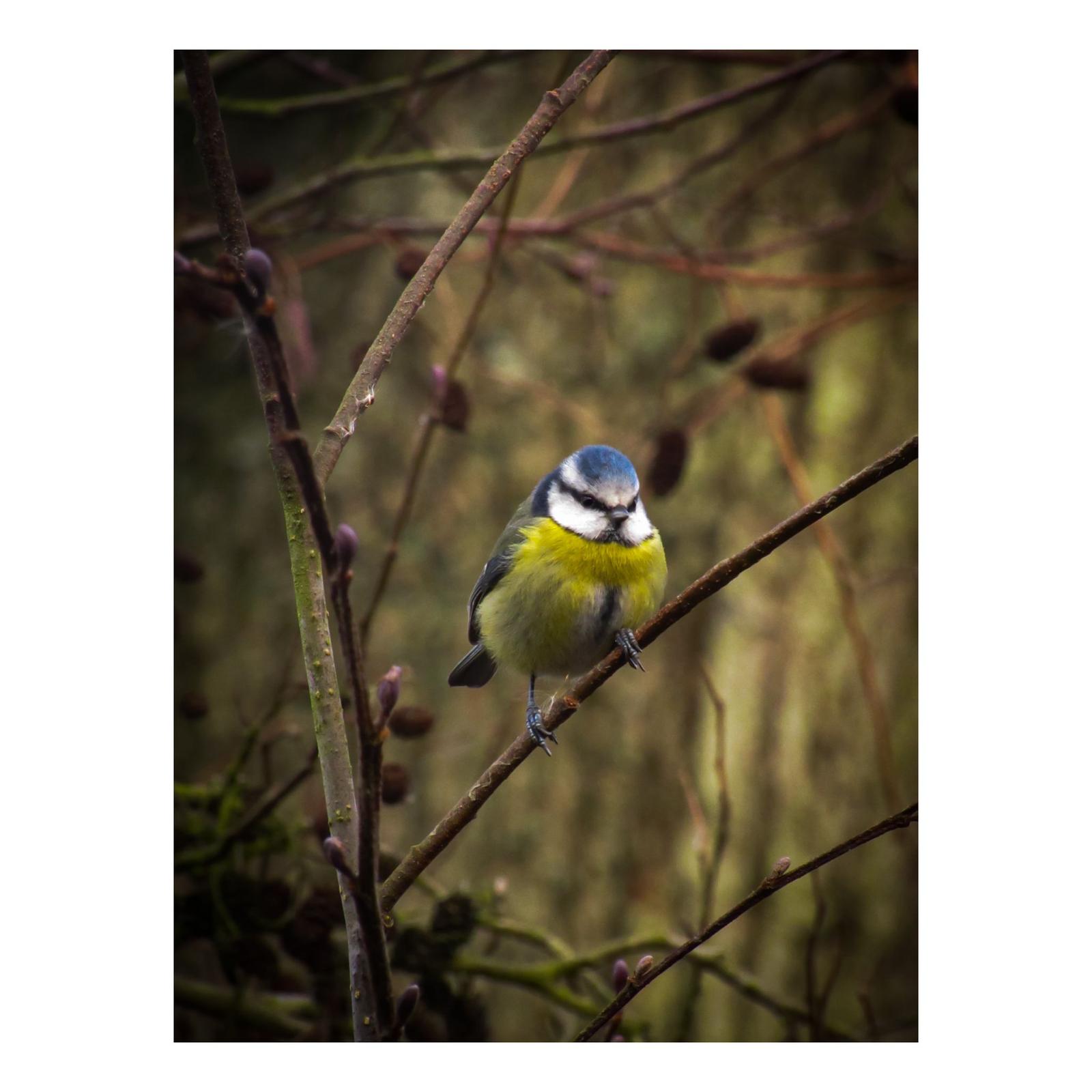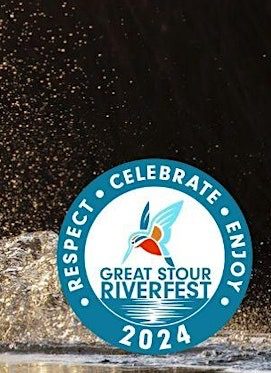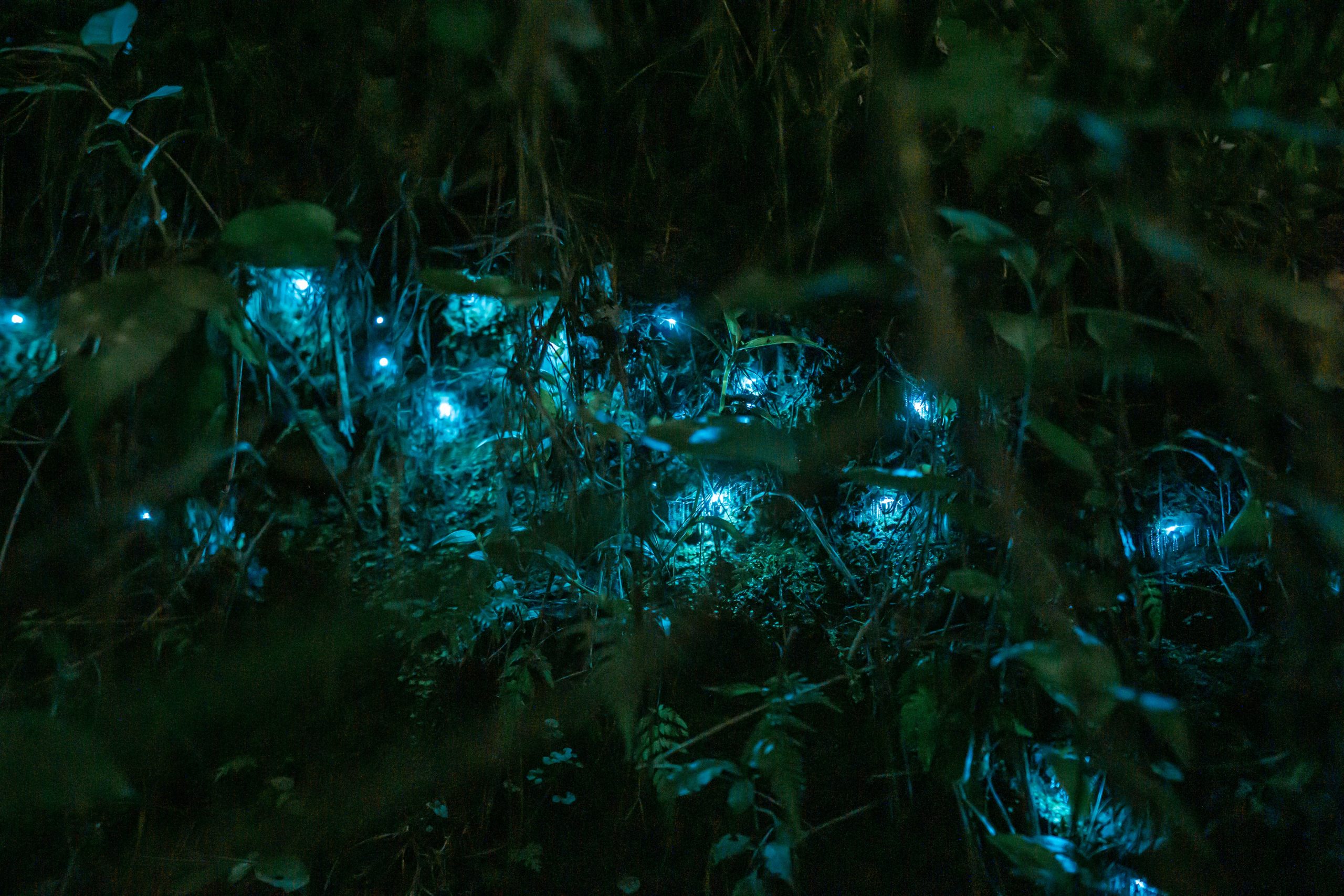Managing Seaweed through More than Maps” is a co-development project that fosters transferable skills for college students. This free workshop explores seaweed management as a climate change adaptation case study.
Across the three session, students are
- Introduced to climate change research using interactive examples from remote sensing, adaptation and governance research disciplines;
- Guided through how to use Google Earth Engine to map the Sargassum seaweed in the Caribbean, using remote sensing data and JavaScript coding; and
- Provided with social science frameworks for analysing the human side to environmental challenges, including case study method and key stakeholder analysis.
The SARTRAC (“Teleconnected Sargassum risks across the Atlantic: building capacity for Transformational Adaptation in the Caribbean and West Africa”) project run by the University of Southampton and international partners is researching how vulnerable communities in the Caribbean and West Africa can effectively adapt to the massive influx of the seaweed Sargassum washing up on their beaches since 2011. Using seaweed as a unique example, the researchers aim to learn from the students what skills are useful in ground-level climate change adaptation and how skills are best transferred.
This workshop is being developed by a team based at the University of Southampton.




0 Comments